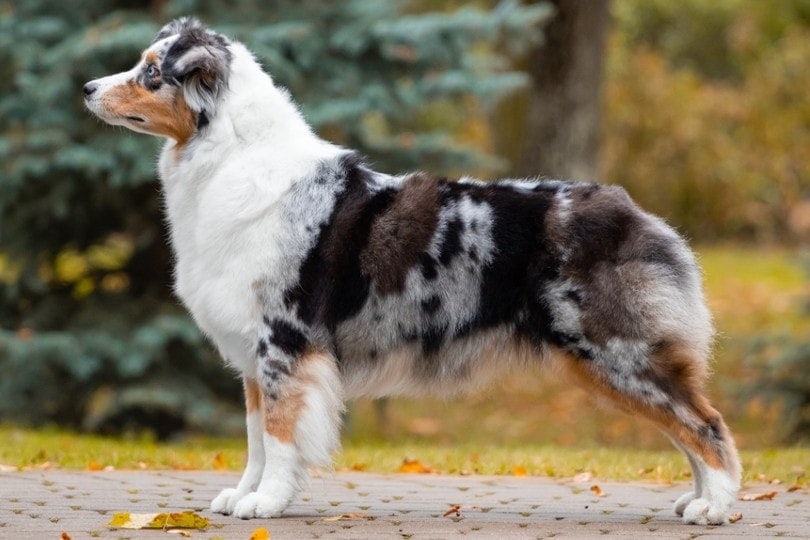How to Potty Train a Vizsla: 7 Effective Tips
Updated on
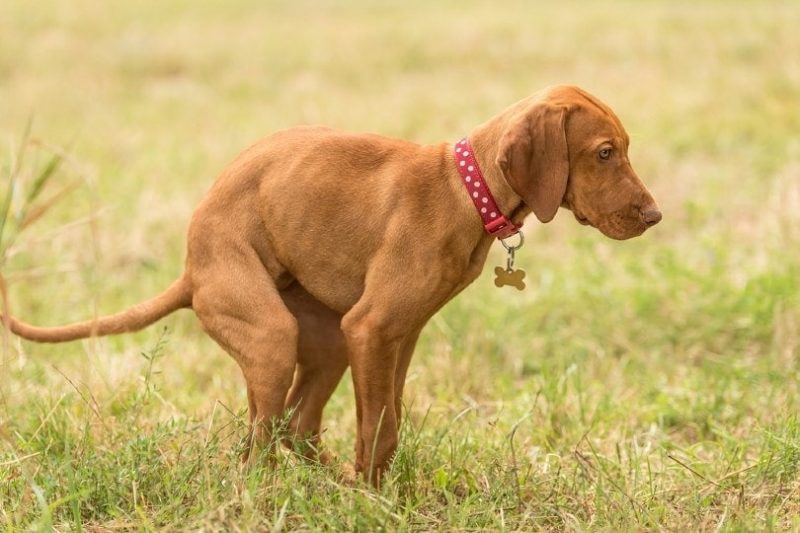
Vizslas aren’t difficult to potty train. They’re larger dogs, so their bladders are bigger. Often, this means they can go longer between potty breaks, making potty training easier. However, there is still some training involved when teaching your dog to go potty in the right places and you’ll want to start training right away. Some breeders even start training before they send their puppies to their forever homes.
Potty training can go very easily—or it can be very difficult. Partially, you control how easily the experience is depending on how you approach potty training. Below are some tips that will hopefully make the process easier for you.
The 7 Top Tips for Potty Training Vizslas
1. Plan to Spend a Lot of Time at Home
Firstly, you’ll need to plan a lot of time at home to potty train your dog effectively. You want to be there to take your dog outside whenever they need to go (and for puppies, that is very often). If you can’t be home, you may have to hire a dog walker to take your dog outside multiple times a day, or you could enlist the help of several family members.
Whatever you decide to do, you must take your puppy outside every couple of hours. Otherwise, the puppy will relieve themselves inside, building bad habits. These first few weeks are crucial to success.
2. Have a Designated Spot
You should pick one spot for all potty duties. “Outside” can be a bit vague for puppies. However, they tend to understand the concept sooner if they’re supposed to use the bathroom in one particular spot outside. Therefore, you’ll need to choose a spot before your puppy comes home, preferably.
Always take the dog to this spot to relieve themselves. Eventually, they’ll associate going to the bathroom with that spot. You can do the same method with an indoor potty space. However, you should be cautious not to use these indoor spaces if your dog wants to go outside. Having an outdoor spot and an indoor spot can be confusing for dogs just starting potty training.
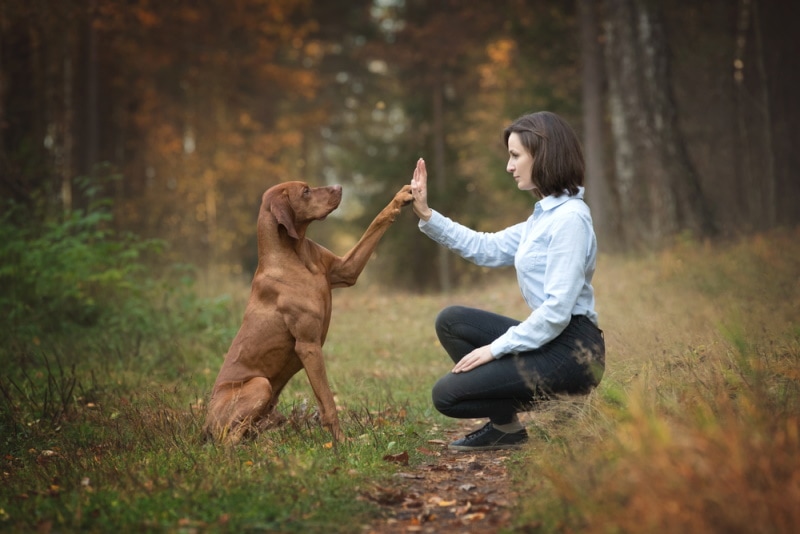
3. Heap on the Rewards
Give an award every time your dog uses the bathroom in the correct spot. This should be a treat and verbal praise. Vizslas are very active, and a toy may also work as a reward. Just present the reward when your dog uses the bathroom in the correct location.
Don’t punish dogs when they use the bathroom inside. Dogs often won’t understand why you’re punishing them, and punishments don’t teach them what they should do. Therefore, punishments are very ineffective when compared to rewards.
4. Contain the Dog’s Living Space
Don’t give your dog free reign of the house when potty training. Instead, you’ll want to contain your dog in a limited play area. Dogs won’t want to use the bathroom where they play or sleep. Therefore, you should contain them in a smaller area without much extra room to use the bathroom. After your dog potty trains, you can give them free rein in the house.
Many people recommend crate training at this stage. If you go this route, you can use the crate to contain their space when you are away. However, you shouldn’t keep the puppy in the crate for the whole day, as they’ll need plenty of exercise and socialization. Preferably, you should be home with the puppy in the contained area as much as possible.
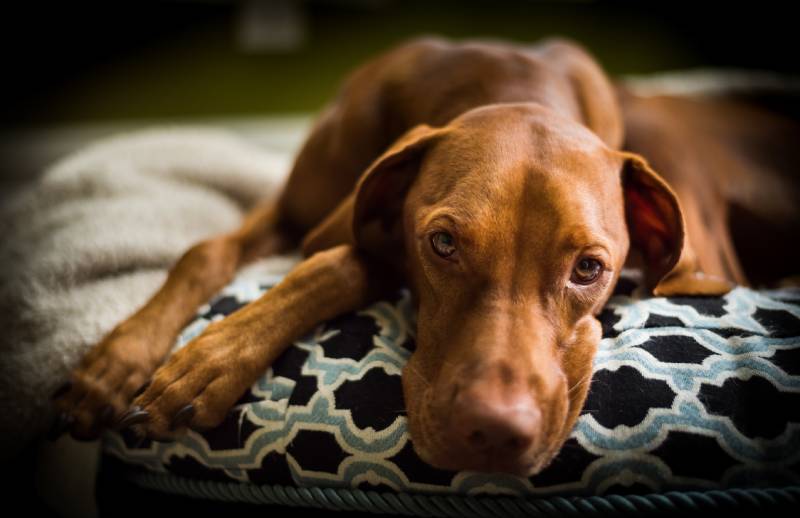
5. Establish a Schedule
You’ll need to establish a schedule for potty training. Take them outside during these times without fail. Eventually, the dog will know when to go outside, and their body will adjust. Dogs thrive on routine, especially when they’re puppies.
Be sure to take your puppy outside every few hours. You should take your dog outside about 30 minutes after they eat, so have set mealtimes, too. Your puppy will need walks, which should occur at about the same time. Having a consistent schedule makes everything a bit easier.
6. Don’t Spend Too Much Time Outside
You shouldn’t spend too much time sitting around outside during each potty trip. You don’t want your puppy to associate with exploring and playing this time. It should be potty time only. If your puppy doesn’t go after 10 minutes, they probably aren’t going to. Therefore, you can head back inside and try again later. Don’t let potty time turn into playtime by standing around until your puppy decides to use the bathroom.
Not only will this help them associate the potty spot with going to the toilet, but it also helps them become efficient. You don’t want them taking 30 minutes to potty for the rest of their life.
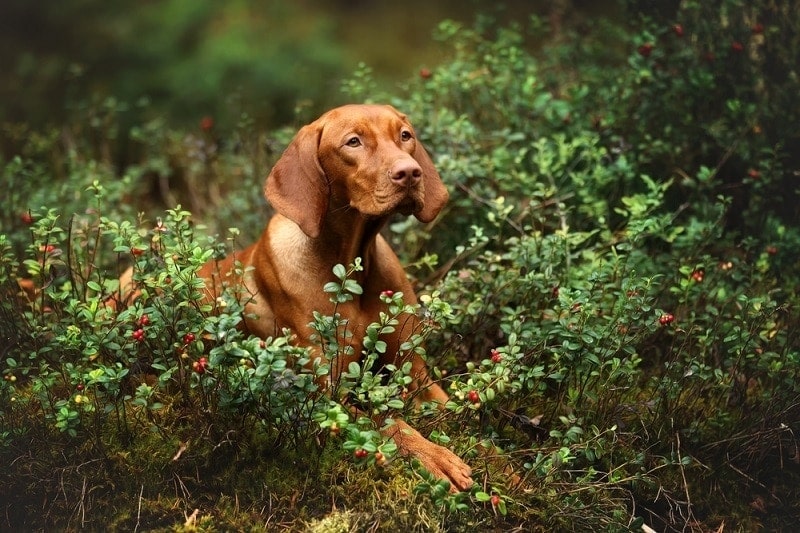
7. Crate Train Overnight
Potty training at night is a bit more complicated than crate training during the day. You want to crate train your dog to prevent accidents at night. Crates provide a safe and warm place for your dog to sleep. It should be a happy place that your dog likes, so you should never use it as a punishment.
Make their crate as comfortable as possible, considering any preferences you know your puppy has. Some dogs like blankets, but some do not. Furnish the crate appropriately. Generally, you don’t want to provide water in the crate at night. The puppy can spill the water and wet the whole area, preventing them from sleeping in any dry spot.
Minimize interactions at night to keep the energy very low and peaceful. If your dog whines and barks and you reward them with attention, they may continue to bark instead of sleeping. You want it to be very boring. Providing a chew toy or two can give puppies something to do if they aren’t quite sleepy, and it helps prevent them from chewing on the crate bars.
Summary
Vizslas aren’t hard to potty train. However, it does require quite a bit of effort on your part—just like potty training any dog does. You’ll need to set time and space aside for training, which is quite a commitment. Take a proactive approach by designing a schedule to fit your dog’s needs. Puppies should be taken outside every 2 hours at least, and you can slowly build up this time as your dog doesn’t have accidents.
Potty training a puppy is a long procedure. It takes a lot of commitment and consistency. However, the more consistent you are, the better the training will go. Those that are very consistent are more likely to potty train their dogs quickly.
Featured Image Credit: SasaStock, Shutterstock






